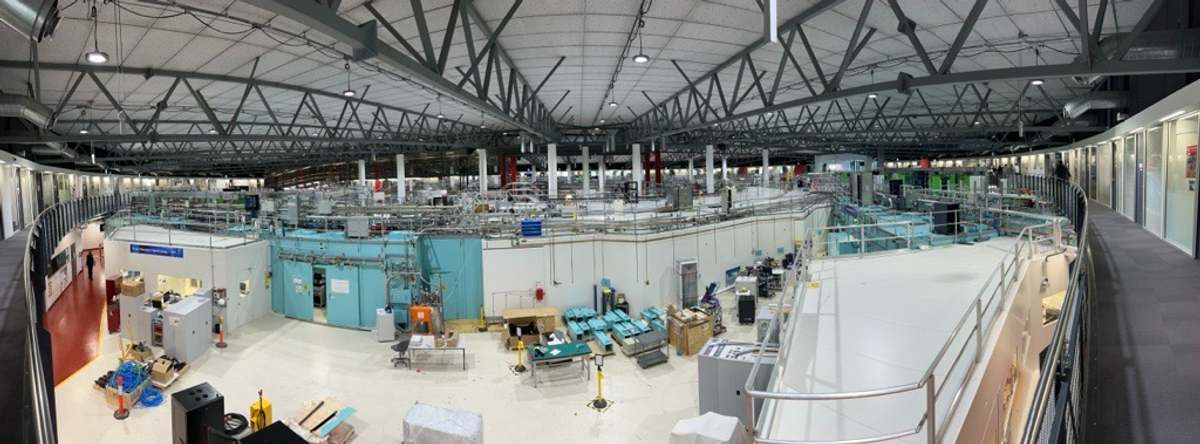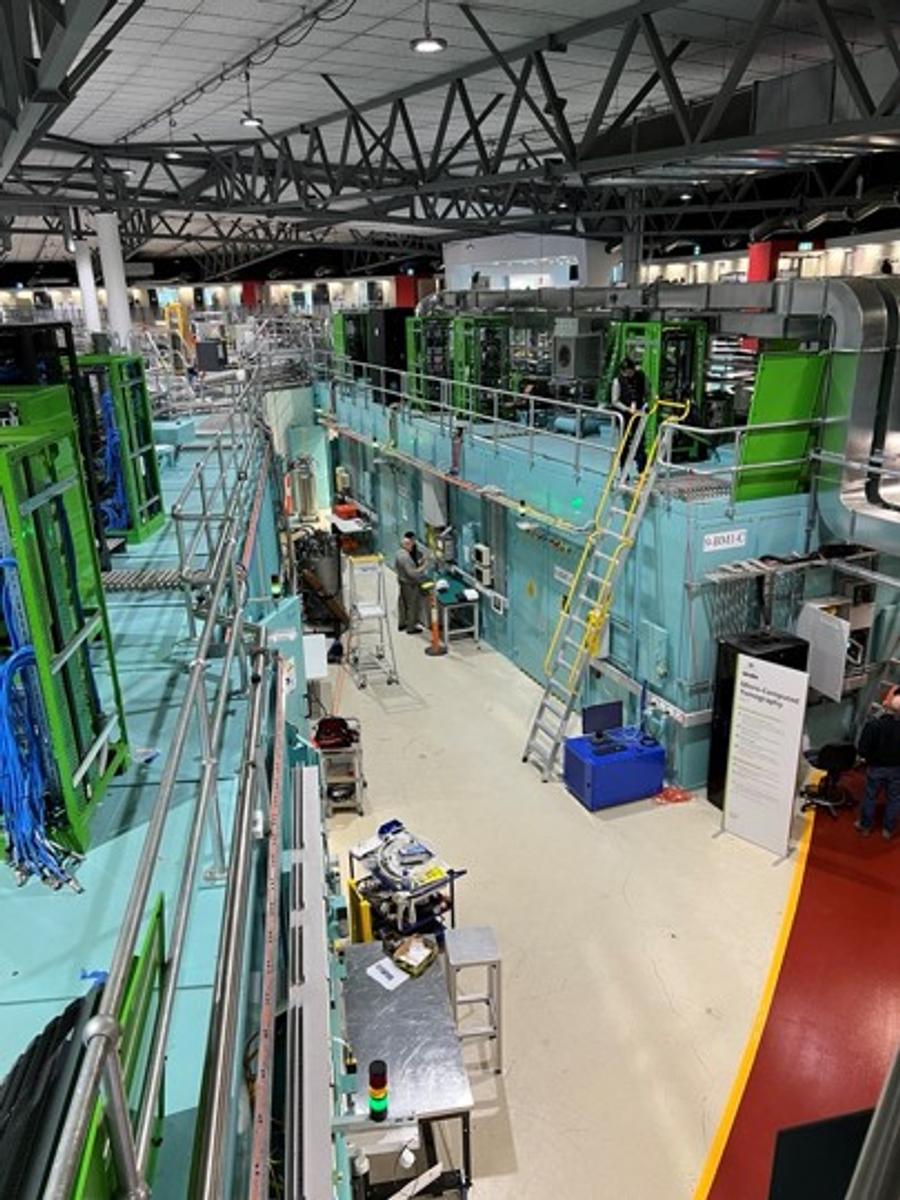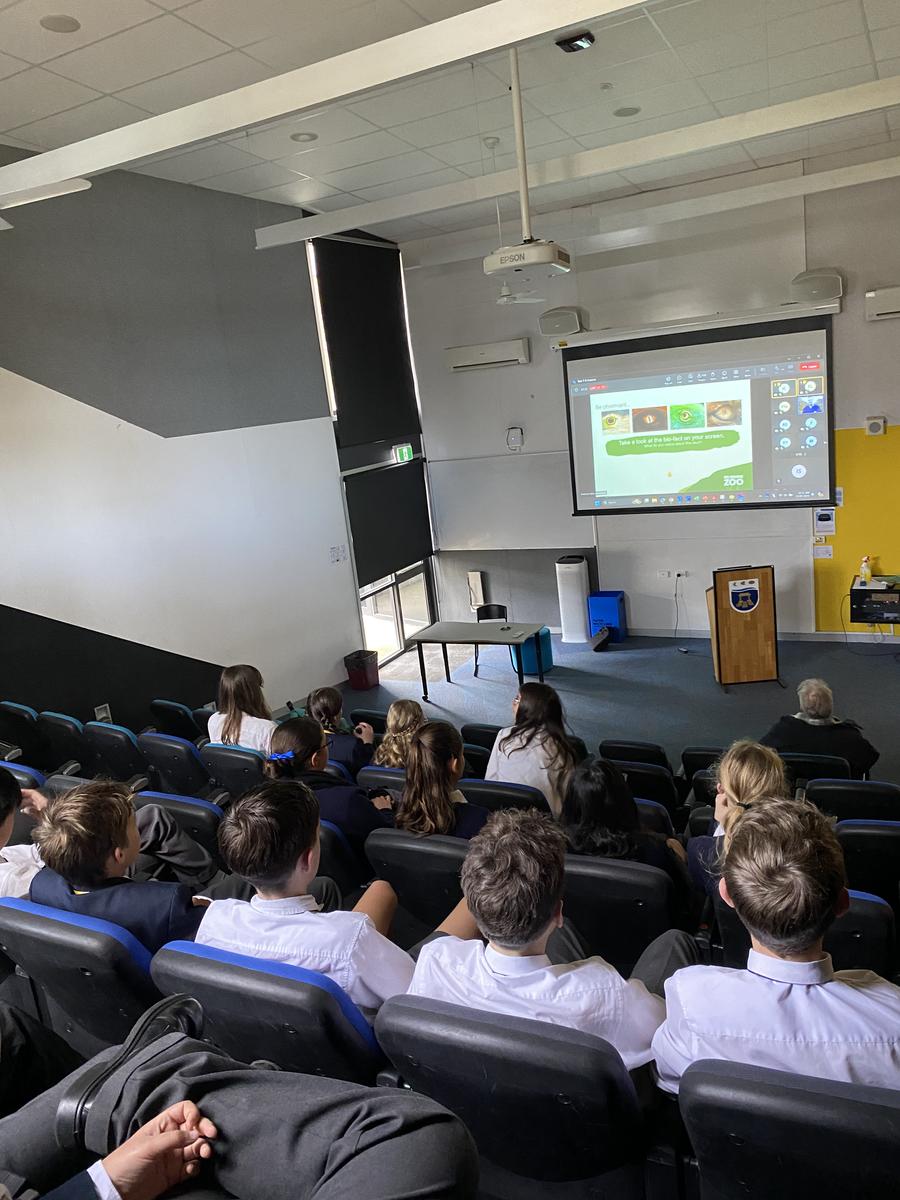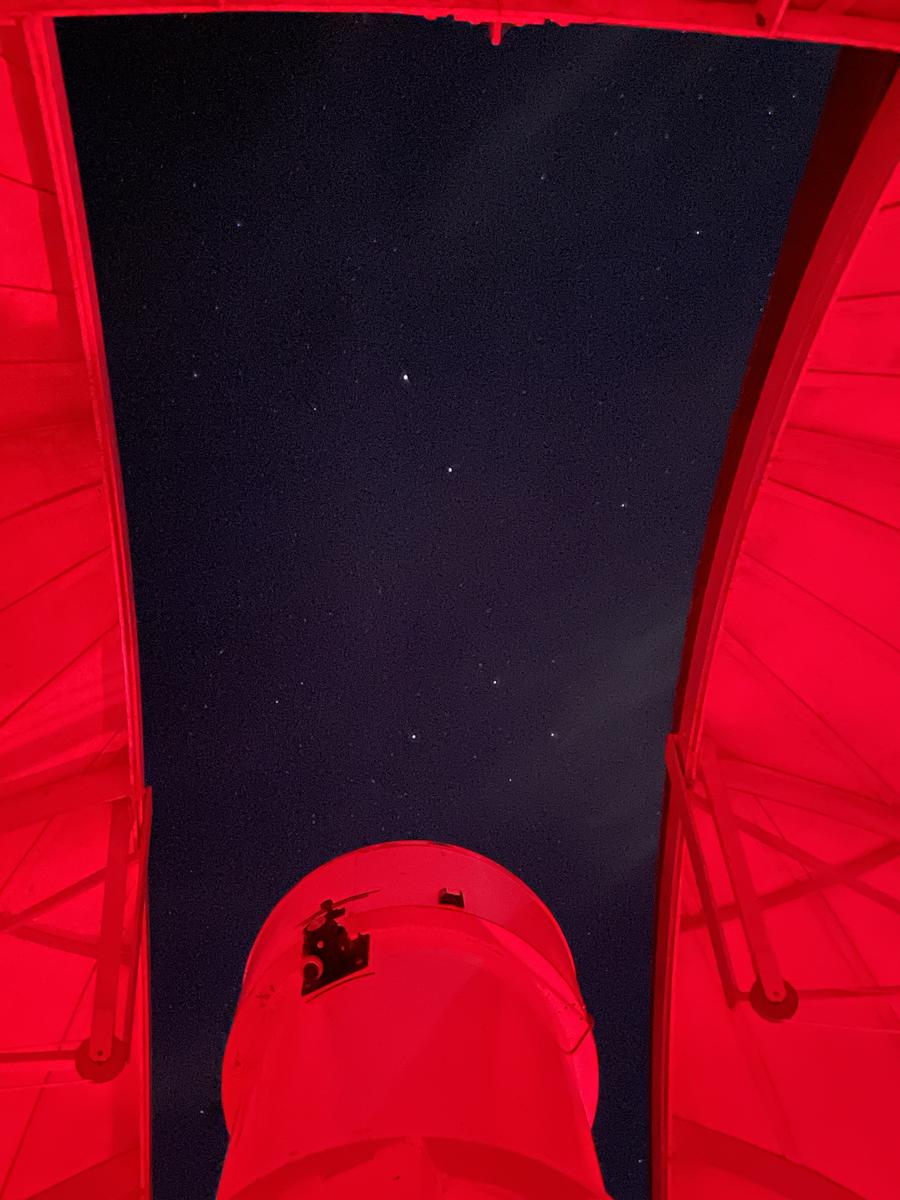Science Domain
Dr Roxanne Toivanen - Science Domain Leader

Science Domain
Dr Roxanne Toivanen - Science Domain Leader
This term has provided exciting opportunities for our science students at Sandringham College. With a range of engaging activities and unique learning experiences, students have been able to extend their knowledge both inside and outside the classroom.
Zoos Victoria Webinars - Our Year 7 SEAL science class participated in a webinar hosted by Zoos Victoria as part of their Fighting Extinction Program. In this interactive session, students explored animal classification and adaptations and discussed human impact on ecosystems. This session provided the foundation for the students' assessment project for the term, where they were tasked with designing a sanctuary for various species, considering their unique needs and habitats.






National Science Week - During National Science Week, which ran from 10-18 August, there were multiple opportunities for enthusiastic science students. Selected groups of students from Bluff and Holloway were invited to attend seminars by research scientists at Monash University. These scientists are part of the research program led by Professor Stuart Hooper, a world-leading expert in fetal development and conditions affecting newborn babies. Students learned about the cutting-edge research being conducted by these researchers and had the opportunity to ask questions about the nature of scientific research and career pathways in science. Other highlights from Science Week included a fun slime-making workshop and lunchtime science documentaries at the Bluff Road campus.


Mt Burnett Observatory Excursion - This year, not one but two Year 10 Astronomy classes had the opportunity to have a night time excursion to the Mt Burnett Observatory in the Dandenong Ranges near Gembrook. On both occasions the skies were clear enough for our students to peer through the large 46cm diameter reflecting telescope in the observatory's main dome. Sights included the large globular star clusters Omega Centauri and 47 Tucanae, the Large and Small Magellanic Clouds (satellite galaxies of our own Milky Way Galaxy), as well as the bright double star (and the sun's closest stellar neighbour) Alpha Centauri. Students also got to look through smaller telescopes and to see the new automated smart telescope that is controlled and viewed directly on an iPad with no need to look through an eyepiece. Both classes enjoyed their observatory visit immensely, and two bunches of tired but happy students made it back to Holloway Road by around 10:30pm.
Synchrotron Excursion - Our Year 12 VCE Unit 3/4 Physics students had the privilege of visiting the Australian Synchrotron in Clayton at the start of September. This world-class facility allowed them to explore advanced scientific research tools and technologies. The synchrotron accelerates electrons to near-light speed (99.9999985%) then with extremely powerful electromagnets, bends their paths into a near-circular ring about 100 metres in diameter. In the process, incredibly intense beams of light, a million times brighter than the sun, are emitted and directed down beamline stations. The students toured the synchrotron’s beamline stations, learning about the practical applications of these instruments in medical, environmental, and materials science. These beamlines are used to probe and study a wide range of subjects including fetal lung development, engine turbine blades, fossils, artworks, molecules in space, diamond semiconductors, liquid metal crystallography, bushfire research and also solving the murder of Phar Lap (spoiler alert - definitely poisoned with arsenic). Our students also participated in hands-on activities in the Student Lab, performing two Unit 4 practical exercises on double-slit diffraction and analysis of atomic emission spectra, bringing to life the theoretical physics concepts they’ve been studying in Unit 4 Physics. The students commented that it was great to see and experience the direct application of the physics theory they had been studying in class.